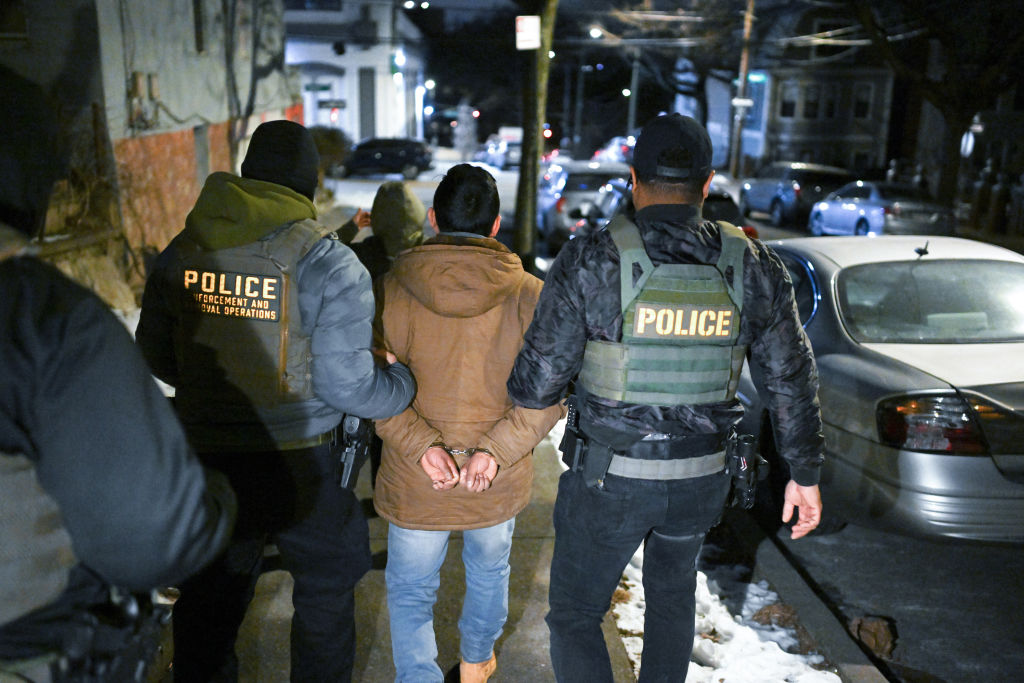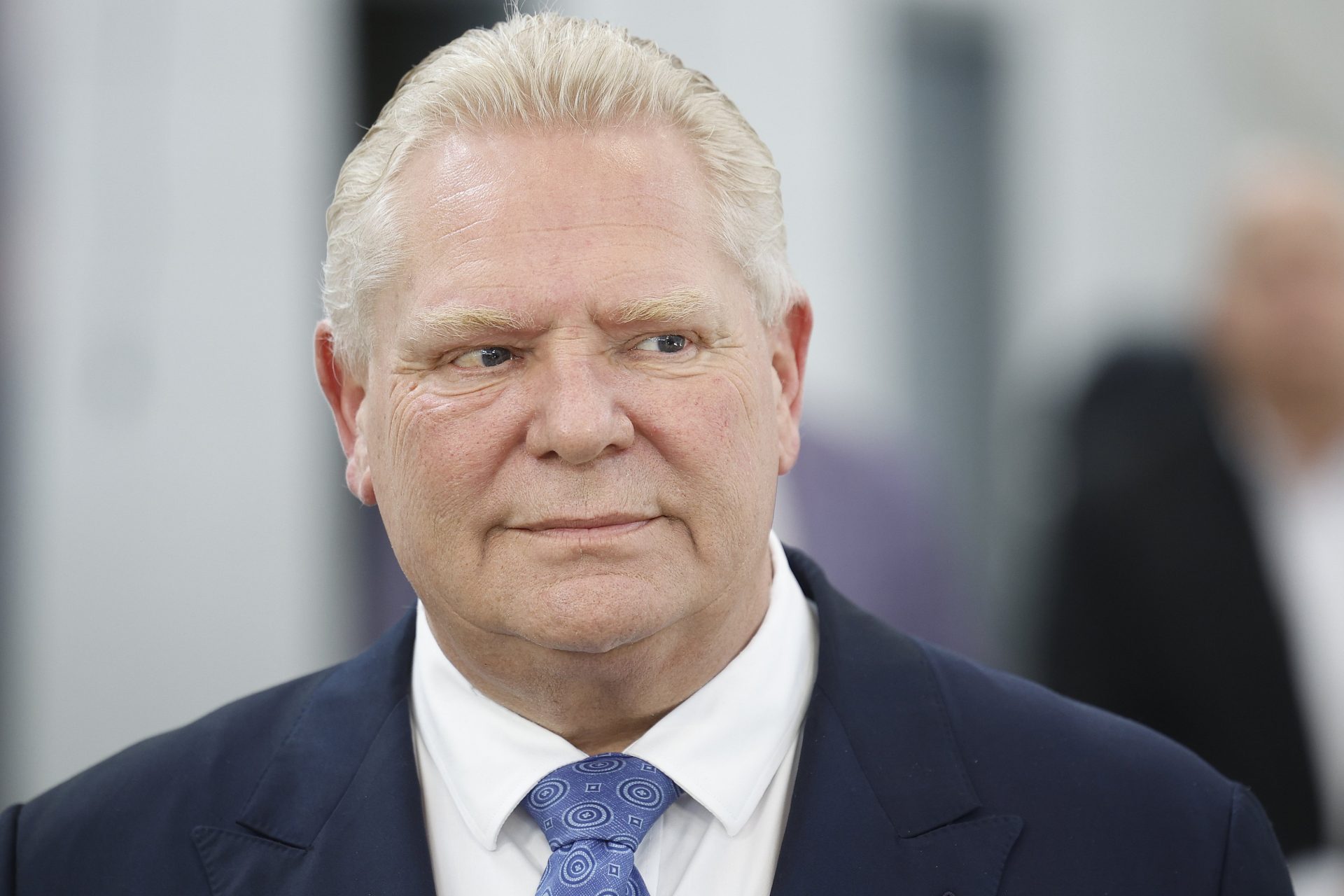What's life like in a Brazilian favela?
Favelas are populous neighbourhoods in the largest cities of Brazil. They are characterized by an irregurlar growth, because their humble inhabitants usually build their homes without a license.
Many favelas deal with rampant crime. Others are better controlled and even welcome tourists from various parts of the world.
In all of Brazil, up to 12 million people live in favelas. This is an approximate estimate; due to the characteristics of these slums, there is no reliable census about the number of inhabitants.
Rio de Janeiro is the city with the largest number of favelas. An estimated two million people live in the mountains that surround the city. Rocinha used to be the biggest favela in Rio de Janeiro.
In 1993 it was marked as a neighbourhood. Later it was surpassed in size by Fazenda Coqueiro. We are talking about a favela where the population exceeds 70,000.
A high percentage of the people living in favelas is of a young age. The population growth of these neighbourhoods is higher than the country's average.
Residents live with insecurities every day, but favelas are also places of powerful artistic creativity.
A fundamental element of favela life is football, a sport that counts as a religion in Brazil. Becoming a football star is the dream of favela children and their families, because it can be the passport to a better life.
Favelas can vary greatly. Some are dangerous, but there are also peaceful favelas where outsiders are encouraged to buy houses. In general, though, favelas represent precariousness, poverty, and violence.
A telling fact about the social reality of the favelas is the illiteracy among its inhabitants. While the average illiteracy rate of people under 15 in Rio is 3%, in the favelas that percentage is 10%.
Within the untidy landscape of the favela arises a daily routine like in any other place. There are restaurants, bank tellers, shops, businesses, schools...
The motorbike is a very suitable vehicle for the favelas, because they are often labyrinthine territories with very narrow streets and steep slopes.
Rocinho has always been known as the most dangerous favela in Rio. Drug dealers use its streets as their base of operations.
Police often carry out operations in favelas to pursue criminals. Human rights organisations like Amnesty International report that they tend to use excessive force. Crossfire and executions on both sides (police and gangs) are part of the reality in many favelas.
Some favelas face the sea and have extraordinary views. Tourists go over there looking for authenticity. While some favelas can be visited under certain conditions, tourists have died in others by a stray bullet or a violent assault.
There are different levels of favelas, going from very primitive to near-normal neighbourhoods. In the primitive ones, everything is muddy and living conditions are very difficult.
Favelas welcome people who have moved to the cities from different parts of Brazil. They are poor and search for a better future in urban regions. Although Brazil has had a period of prosperity in which extreme poverty declined overall, social inequalities still exist in the country.
For the time being, favelas persist in Brazil's urban landscape and continue to grow. They will remain part of the landscape that the traveler finds when he arrives in Rio de Janeiro and other cities in the country.
More for you
Top Stories































